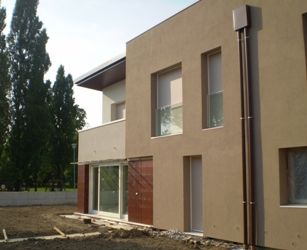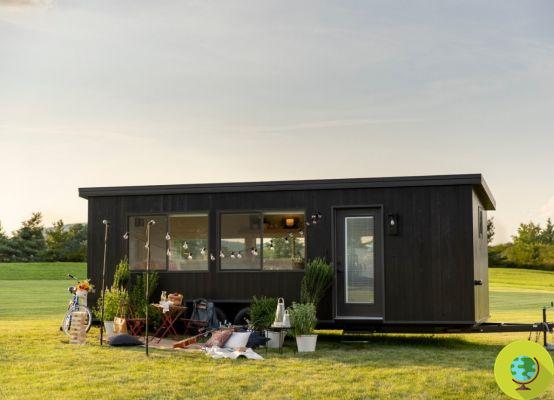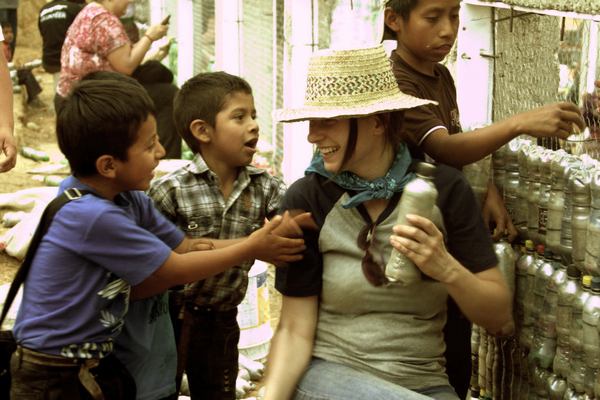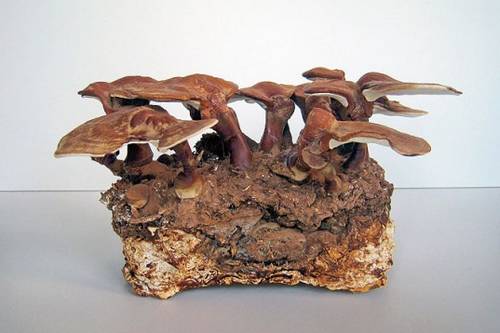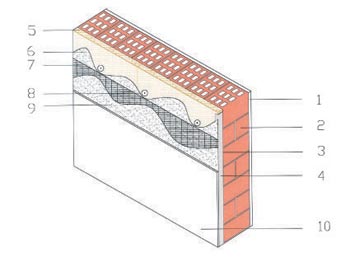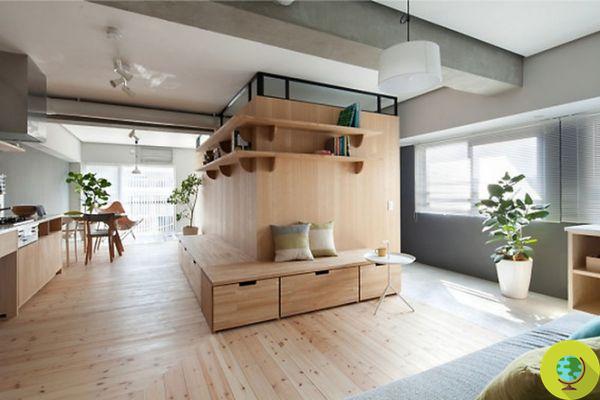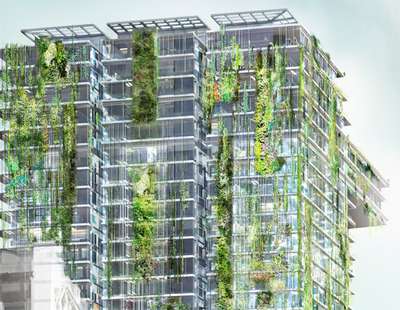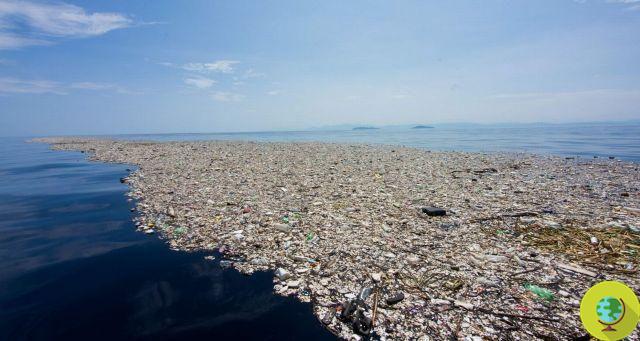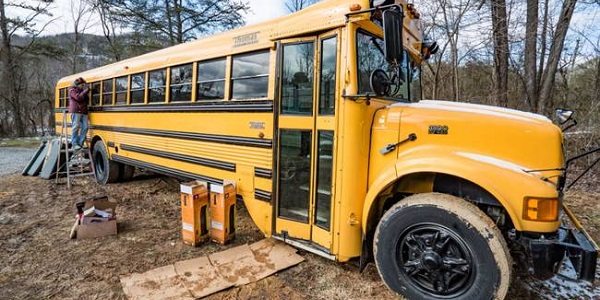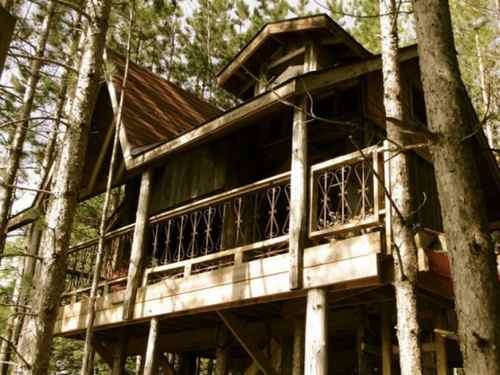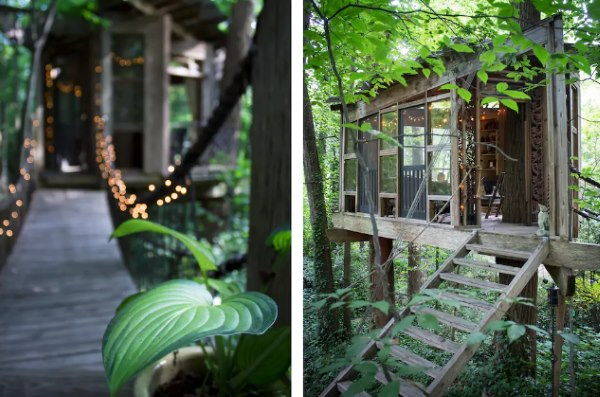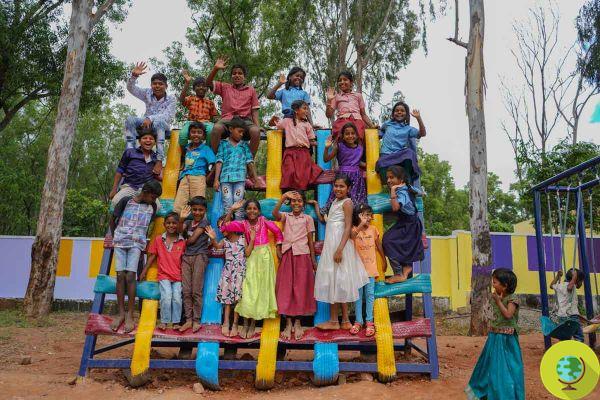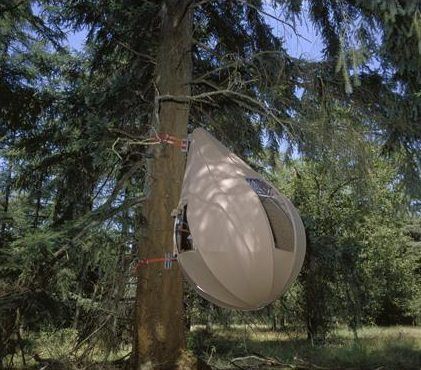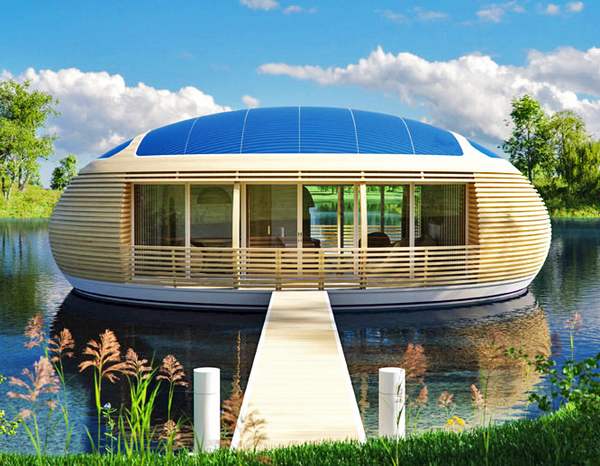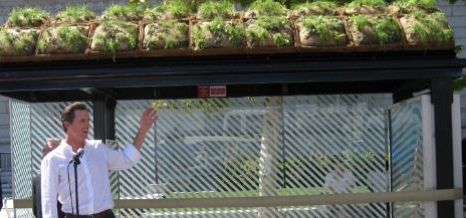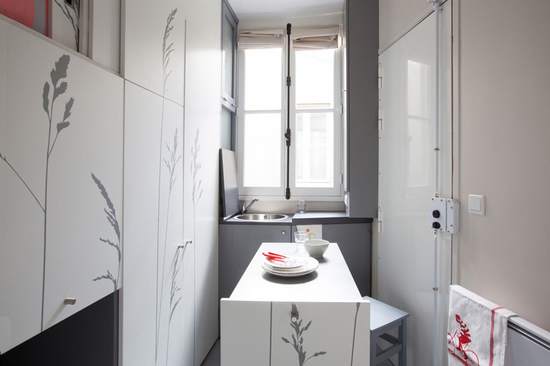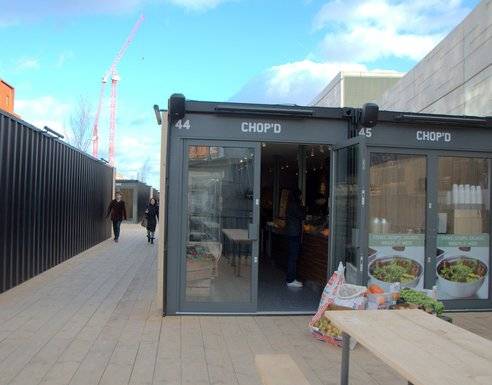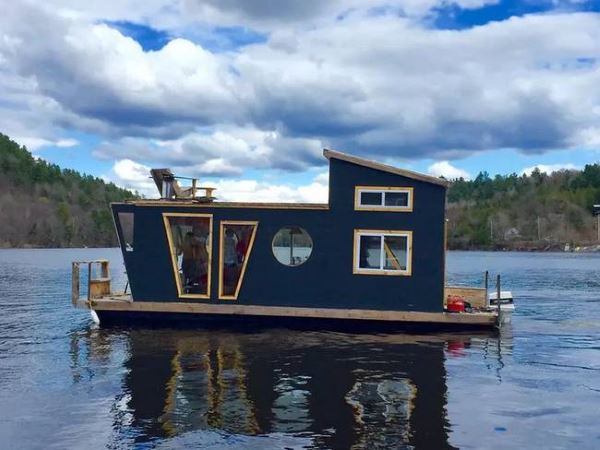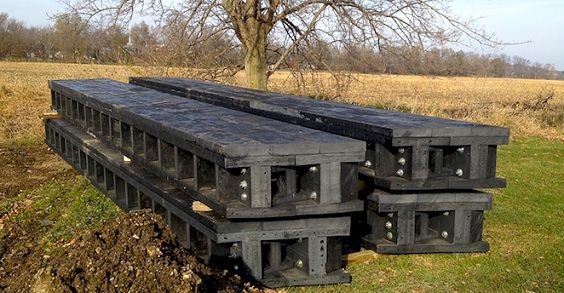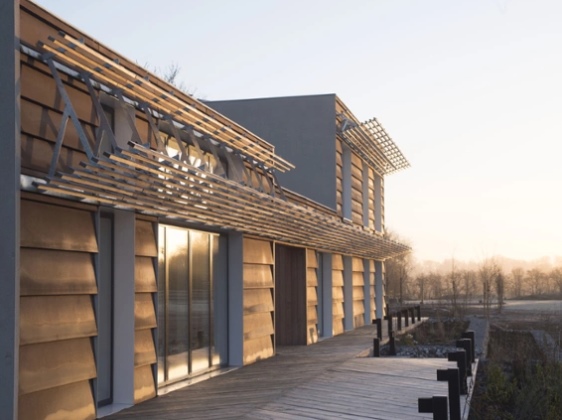A new trend is spreading in the world of architecture: that of the Baugruppe - from the German baugruppen, "construction groups" - of participatory planning and collaborative building experiences, in which people who aspire to own their own home join to create your "ideal condominium" together.
He is about to end up run over, his mother saves him
A new trend is spreading in the world of architecture: that of the Baugruppe - from the German baugruppen, "construction groups" - of experiences of participatory planning and collaborative construction, in which people who aspire to have a home of their own come together to create their own "ideal condominium".
The idea was born a few years ago in Germany, in response to ever higher real estate prices. The main feature of the Baugruppe is to be multi-family projects carried out by the same people who will have to live there, modeled on their needs and, in most cases, completely self-financed.
Each aspiring owner invests his share in the project and actively participates in its implementation, giving precise inputs and setting needs and priorities. Once the group has clear ideas, an architect is called into question (assuming that such a figure is not already present among the aspiring owners).
Usually, participatory planning allows to resort to more innovative solutions, for example in terms of selected materials and architectural choices, and to a greater attention to sustainability and energy efficiency of homes, given that the project arises from the comparison and collaboration of the same people who will live there.
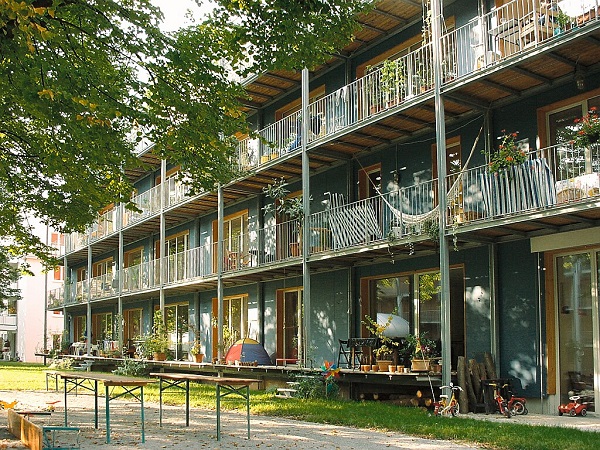
In addition to being made to measure, a housing module inside a Baugruppe has a lower price than the solutions that are usually found on the market. The saving - which in Germany is estimated between 15% and 25% depending on the city that is taken into consideration - depends above all on the total absence of intermediaries: there is no builder outside the group who has the buildings designed and built to then sell them (having, of course, to make a profit), and there is no need for a real estate agency to put the apartments on the market.
However, the cost savings involve longer than average design and construction times, as well as some risks: inevitably, in fact, the decision-making process is more articulated, because all future tenants must agree on the final project, and it is necessary that the group is cohesive and close-knit and - above all - that no one defiles during construction.
The experience of the Baugruppe has numerous affinities with cohousing, even if the two practices are not completely overlapping. Usually (but this is not an absolute rule), the cohousing leads to the creation of buildings that have a more horizontal than vertical development (such as terraced houses) and that are organized around common areas and / or a common house, where dinners and group events can be held.
In most cases, however, le assembly they are multi-storey and multi-family buildings (there is no limit to the number of housing units that can be built) e they do not have the obligation of common spaces or structures, even if many incorporate them anyway (such as gardens, rooms accessible to all residents, roof terraces, guest rooms…). The Baugruppe, in short, arise from the initiative of a community but do not necessarily involve a type of "community" life: everything depends on the will and choices of those who participate in the design.
In recent years, the passion for Baugruppe has spread to various German cities, thanks also to the existence of rules and tax reliefs that facilitate the development of collaborative construction projects, as well as ad hoc forms of financing by banks.
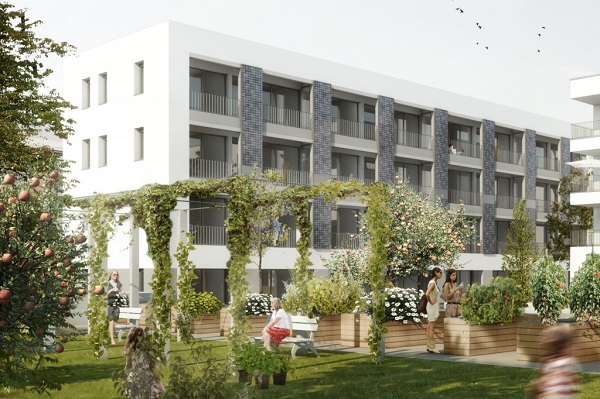
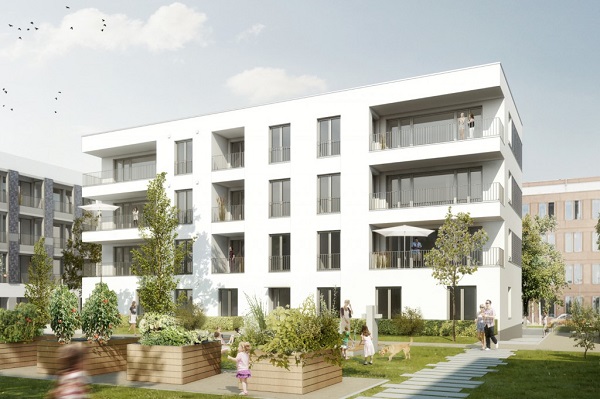
The centers most affected by the phenomenon have been, in very different ways, Freiburg, Hamburg, Berlin e Tübingen: in some cases, the engine of the projects was the city itself, in others the initiative came and was carried out by private individuals. Currently, the concept is also starting to take root in other areas of Germany, as well as in other European countries, such as Austria, France and Great Britain.
Some German cities have set aside abandoned urban areas for redevelopment of this type of project, also placing specific constraints: in general, it is a question of adopting sustainable building solutions, of creating energy-efficient buildings and provide for the presence of green areas that can also be used by non-residents.
The goal is to create new hospitable, liveable neighborhoods, equipped with all services and within the reach of (almost) all budgets, to effectively tackle the problem of housing shortages, without giving in to the logic of building speculation.
Lisa Vagnozzi
Photo Credits: The Urbanist / Newton Project
READ also
In Switzerland the new vertical forest with the scent of cedar
Vauban, the ecological district of Freiburg
NUMERO ZERO: the co-housing that starts from the center of Turin




